
Huadu Project

Juli Technology Industrial Park
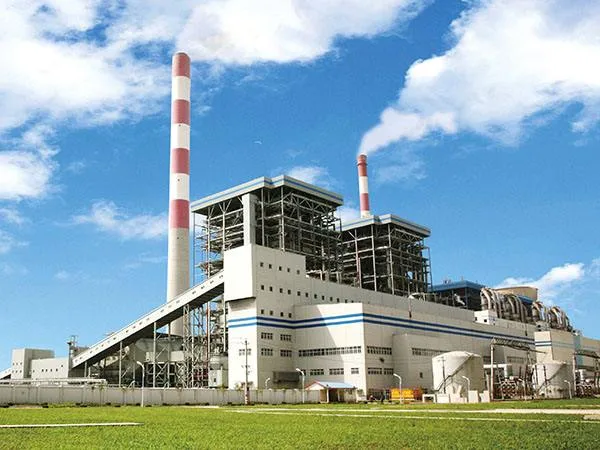
Datang Xinyang Power Factory
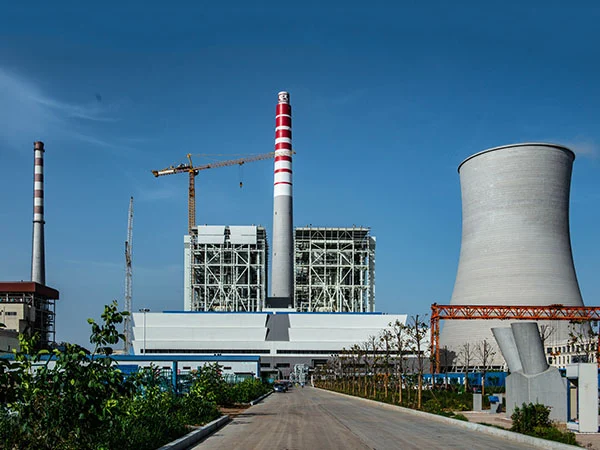
Luoyang Sunshine Power Plant
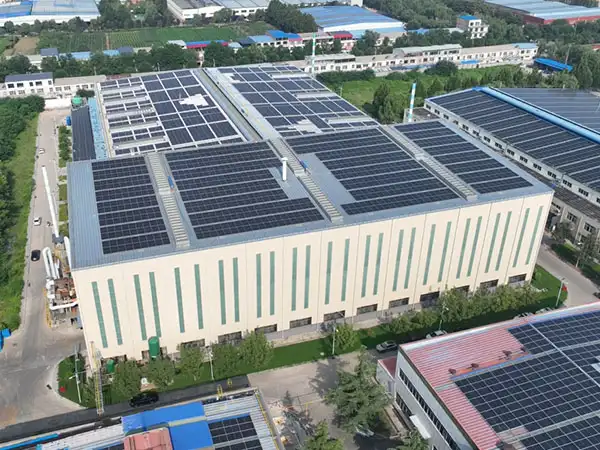
Sinosteel Luonan Factory Building
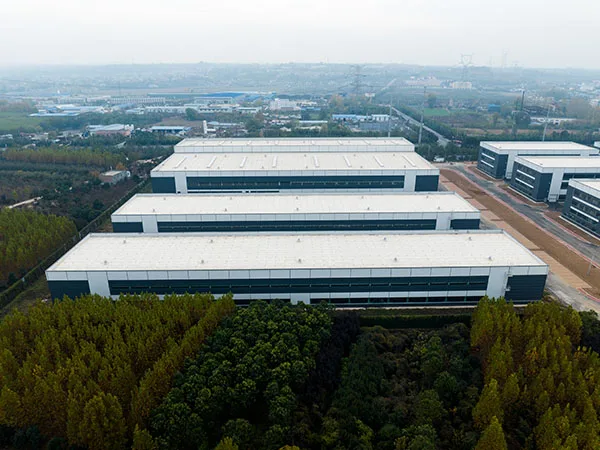
Multi-story Steel Structure Factory Building

Luoyang Futong Industrial Park Factory Building
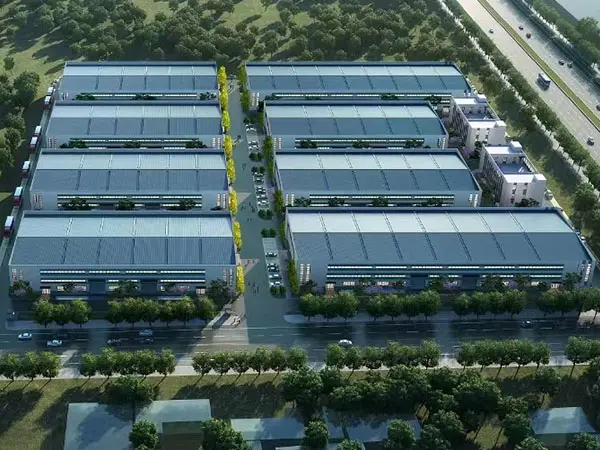
Green Link Electric Factory
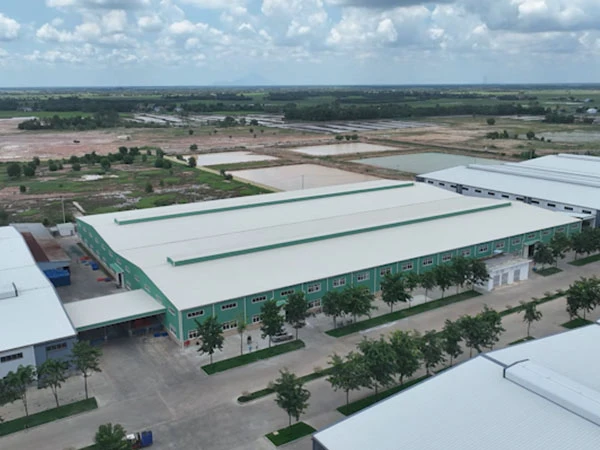
Long Purse Industrial Co.,Ltd
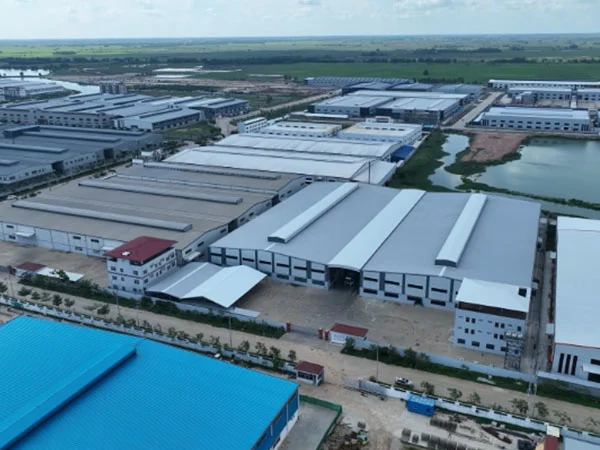
Dynatech Lighting Technology
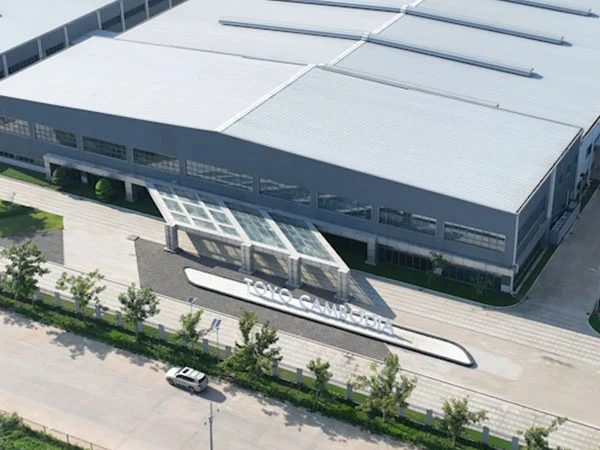
Toyo Electric MFG. Co., Ltd


Create the greatest value for customers
Provide the best quality products and services
+8618800767079
info@hcggsteel.com
No.1 Shuangxiang Road, Luoxin Industrial Park, Luoyang City